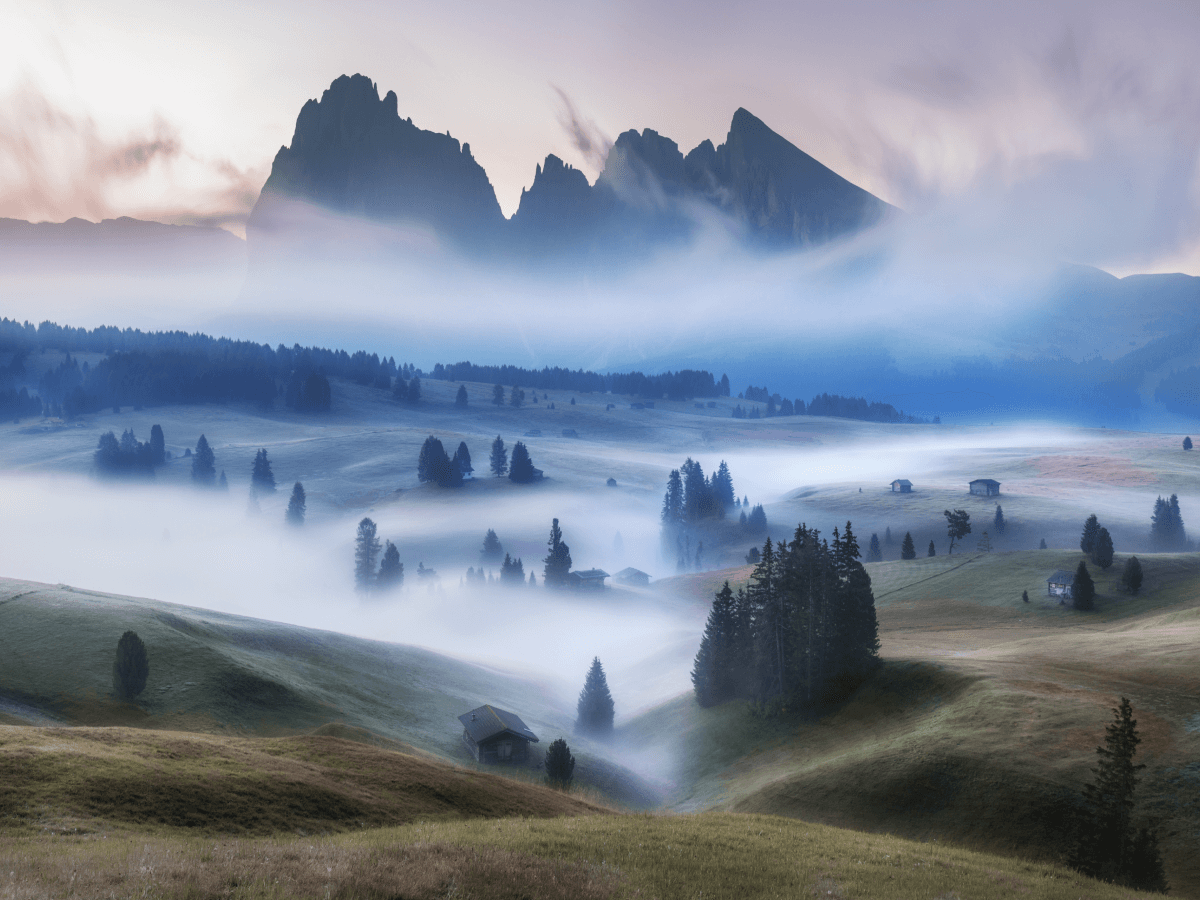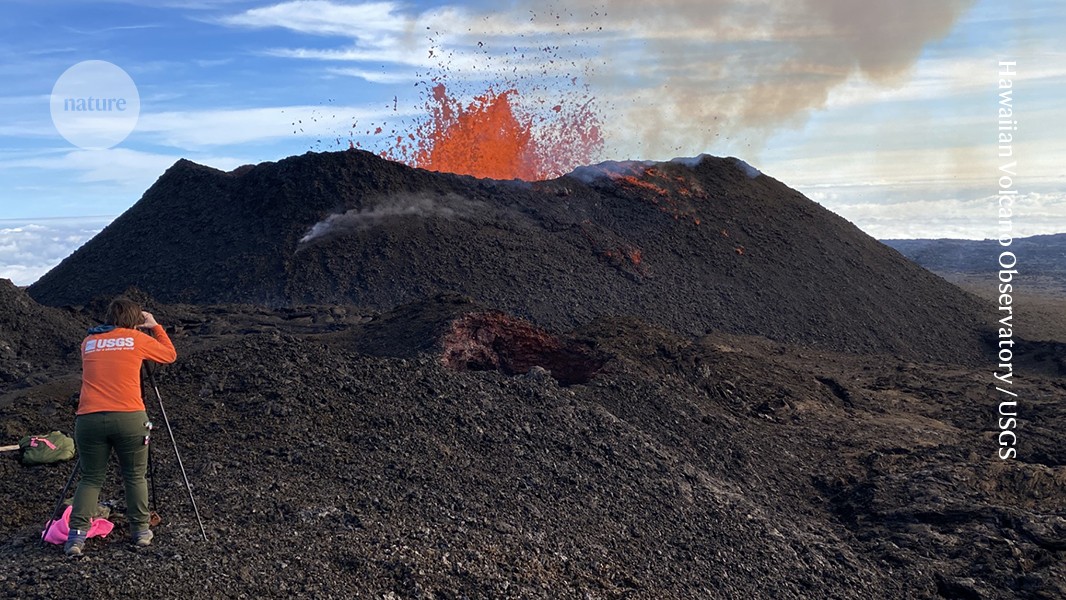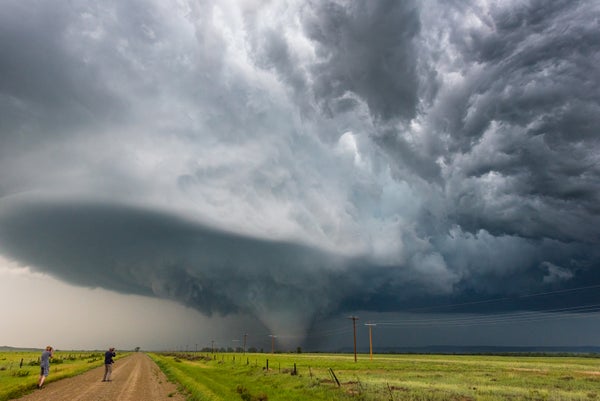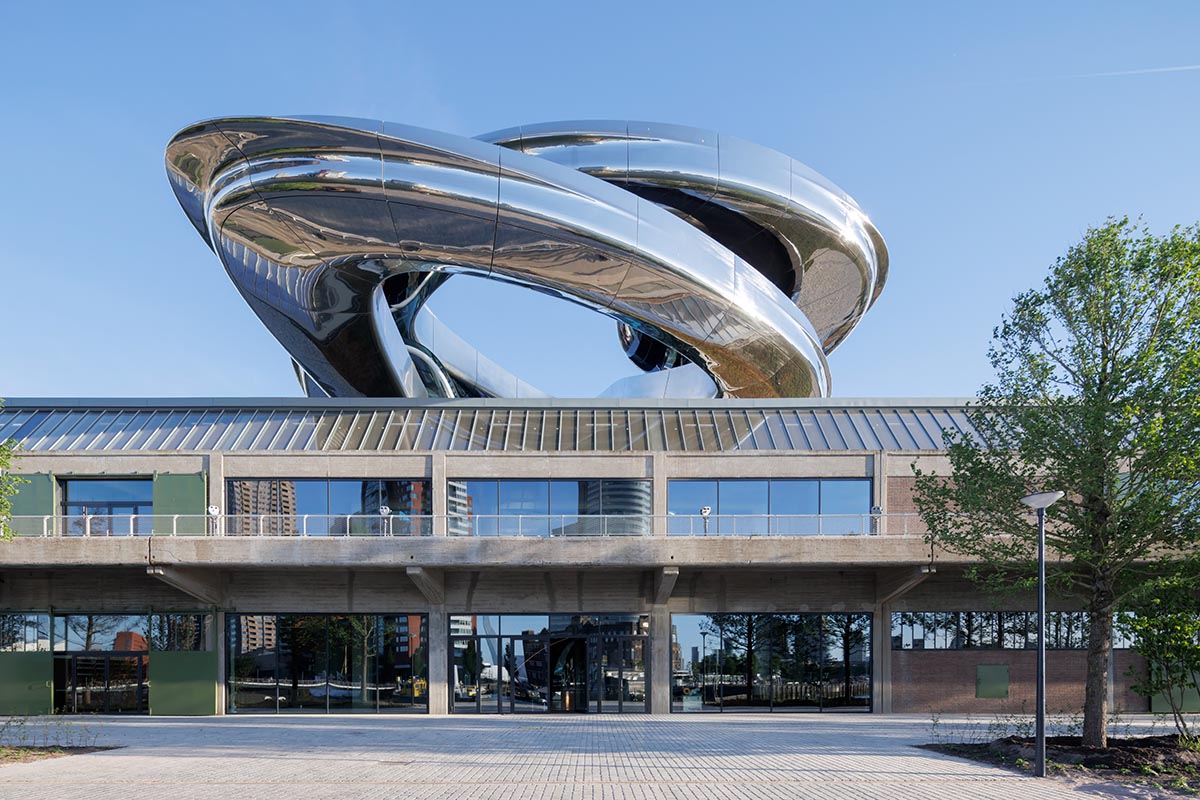How Silicon Valley’s influence in Washington benefits the tech elite
Elon Musk isn’t the only tech billionaire with power over the federal agencies that regulate his businesses. Since Donald Trump took office, more than three dozen employees, allies, and investors of Musk, Peter Thiel, Marc Andreessen, and Palmer Luckey have taken roles at federal agencies, helping direct billions in contracts to their companies.
Companies owned, founded, or invested in by Musk, Thiel, Andreessen, and Luckey have collected more than a dozen federal contracts totaling about billion since Trump’s inauguration in January, according to a Wall Street Journal analysis. And they’re actively pursuing billions more.
Those appointments, which are in departments that oversee, regulate, and award business to the four men’s companies, raise a number of red flags. They could violate conflict-of-interest laws or government ethics regulations, both of which prohibit federal employees from using public office for private gain.
And while it’s not unusual to install trusted allies in government roles, Musk’s network has moved in at an unprecedented rate and scale. TechCrunch has previously reported on all of the people in Musk’s universe who have joined him at DOGE, where he has shuttered federal agencies and slashed workforces in departments that regulate his businesses. At least 19 others with Silicon Valley connections, be they founders or investors, have also joined DOGE.
“The second Trump administration is actually the first in recent years to not impose any sort of additional ethics safeguards on high-level appointees,” Daniel Weiner, director of the Brennan Center’s Elections and Government Program, told TechCrunch. He noted that Trump fired the director of the Office of Government Ethics and 17 inspectors general who served as watchdogs for fraud and abuse, immediately after taking office.
“It certainly does potentially increase the risk that you have people working on matters that do impact, at least indirectly, their bottom lines,” Weiner said. “But this is a long-term issue in our government that’s not unique to this administration.”
Innovation versus accountability
Peter Thiel speaks during the Bitcoin 2022 Conference.Image Credits:Marco Bello / Getty Images
Some may argue that it makes sense for employees and associates of Musk, Thiel, Andreessen, and Luckey to join government agencies. Their insiders are talented individuals who are behind the cutting-edge technology the government genuinely needs, and they understand how to innovate quickly and compete globally.
Techcrunch event
Join us at TechCrunch Sessions: AI
Secure your spot for our leading AI industry event with speakers from OpenAI, Anthropic, and Cohere. For a limited time, tickets are just for an entire day of expert talks, workshops, and potent networking.
Exhibit at TechCrunch Sessions: AI
Secure your spot at TC Sessions: AI and show 1,200+ decision-makers what you’ve built — without the big spend. Available through May 9 or while tables last.
Berkeley, CA
|
June 5
REGISTER NOW
More serious questions arise when favoritism threatens to undermine competition, when policy is created or destroyed to protect market dominance, or when regulations that would serve the public good are waylaid to promote business interests.
For instance, the Consumer Financial Protection Bureau recently retreated from pursuing rules that would restrict data brokers, despite growing privacy concerns — a shift that stands to benefit companies involved in AI, surveillance, and data analytics. Another example is DOGE’s firing of staffers at the National Highway Traffic Safety Administration who investigate autonomous vehicle safety, including several probes into Tesla.
“One of the defining structural challenges the government of the United States has right now is that we have a system in which the very wealthiest interests have so much power to shape our elections and then turn around and shape government policy,” Weiner said.
Another Silicon Valley appointee, Mike Kratsios — a former Thiel employee — is now leading technology policy for the U.S. government. In an April speech, he spoke about throwing away bad regulations that “weigh down our innovators,” particularly those who are innovating in AI.
“Many people in Silicon Valley tend to think that whatever worked in Silicon Valley is also going to work for administering the United States government,” Weiner said. “And as we’re seeing now, the danger is a lot of people are going to get hurt because of the assumptions they make.”
“The fact that you had a successful startup after five others failed doesn’t necessarily mean you know how to run the Social Security Administration,” he continued.
A network inside and a payoff outside
Marc Andreessen, co-founder and general partner of Andreessen Horowitz.Image Credits:David Paul Morris/Bloomberg / Getty Images
All of the businesses between Musk, Thiel, Andreessen, and Luckey are related. Musk’s SpaceX was backed by Thiel’s Founders Fund and Andreessen’s a16z. Both of those VCs also backed Anduril, Luckey’s defense startup.
The overlapping network of founders, funders, and insiders extends into several federal agencies. And in many cases, those agencies are steering billions in federal contracts back to those companies.
The Journal found that across Washington, people from Musk’s network, including Tesla, X, and SpaceX, are in more than a dozen agencies, from the executive office of the president and Office of Personnel Management all the way down to the Department of Transportation and the Department of Energy.
SpaceX employees are also in agencies that could provide the company new business. For example, the Journal reports that SpaceX senior engineer Theodore Malaska got an ethics waiver in February that lets him take a temporary job at the Federal Aviation Administration while still working at the rocket company. The FAA hasn’t given any contracts to SpaceX yet, but Malaska said on X the agency has used Starlink to upgrade a weather-observing system in Alaska.
SpaceX is also the main commercial provider that transports crew and cargo for NASA. Despite national security concerns — like the company’s secret backdoor for Chinese investment and Musk’s reported drug use — SpaceX in April won billion of a billion multi-year contract from the U.S. Space Force to launch Pentagon missions. The DOD, which is currently a Starlink customer, also plans to buy SpaceX’s Starshield satellites, a militarized version of the internet satellites.
Employees at Thiel-backed firms have found themselves in roles in the State Department, the Office of Management and Budget, Health and Human Services, and Social Security, per The Wall Street Journal. Thiel’s Palantir has already been awarded nearly million since 2020 from the Department of Health and Human Services. In 2024, the company was also awarded at least billion in Department of Defense contracts in 2024 and is in the running for another million deal.
Anduril, Palantir, and SpaceX recently submitted a multibillion-dollar proposal for Trump’s “Golden Dome” missile-defense program, which would also add to Anduril’s existing contracts with the U.S. Army. Recently, Anduril and Microsoft took over a 2021 contract worth up to billion to develop AR headsets, per the Journal.
An Anduril executive, Michael Obadal, has been nominated to a top role at the Department of Defense. In his ethics disclosure, he stated that he would retain his Anduril stock if appointed.
TechCrunch has reached out to Anduril, Andreessen Horowitz, Palantir, and SpaceX for comment.
“This sort of concentration of private wealth and political power is ultimately very risky for our economy,” Weiner said. “Because instead of the government making decisions that are intended to foster competition, foster economic growth, you run the real risk that government decisions are going to instead be structured around protecting particular companies and particular industries from full economic competition.”
#how #silicon #valleys #influence #washingtonHow Silicon Valley’s influence in Washington benefits the tech elite
Elon Musk isn’t the only tech billionaire with power over the federal agencies that regulate his businesses. Since Donald Trump took office, more than three dozen employees, allies, and investors of Musk, Peter Thiel, Marc Andreessen, and Palmer Luckey have taken roles at federal agencies, helping direct billions in contracts to their companies.
Companies owned, founded, or invested in by Musk, Thiel, Andreessen, and Luckey have collected more than a dozen federal contracts totaling about billion since Trump’s inauguration in January, according to a Wall Street Journal analysis. And they’re actively pursuing billions more.
Those appointments, which are in departments that oversee, regulate, and award business to the four men’s companies, raise a number of red flags. They could violate conflict-of-interest laws or government ethics regulations, both of which prohibit federal employees from using public office for private gain.
And while it’s not unusual to install trusted allies in government roles, Musk’s network has moved in at an unprecedented rate and scale. TechCrunch has previously reported on all of the people in Musk’s universe who have joined him at DOGE, where he has shuttered federal agencies and slashed workforces in departments that regulate his businesses. At least 19 others with Silicon Valley connections, be they founders or investors, have also joined DOGE.
“The second Trump administration is actually the first in recent years to not impose any sort of additional ethics safeguards on high-level appointees,” Daniel Weiner, director of the Brennan Center’s Elections and Government Program, told TechCrunch. He noted that Trump fired the director of the Office of Government Ethics and 17 inspectors general who served as watchdogs for fraud and abuse, immediately after taking office.
“It certainly does potentially increase the risk that you have people working on matters that do impact, at least indirectly, their bottom lines,” Weiner said. “But this is a long-term issue in our government that’s not unique to this administration.”
Innovation versus accountability
Peter Thiel speaks during the Bitcoin 2022 Conference.Image Credits:Marco Bello / Getty Images
Some may argue that it makes sense for employees and associates of Musk, Thiel, Andreessen, and Luckey to join government agencies. Their insiders are talented individuals who are behind the cutting-edge technology the government genuinely needs, and they understand how to innovate quickly and compete globally.
Techcrunch event
Join us at TechCrunch Sessions: AI
Secure your spot for our leading AI industry event with speakers from OpenAI, Anthropic, and Cohere. For a limited time, tickets are just for an entire day of expert talks, workshops, and potent networking.
Exhibit at TechCrunch Sessions: AI
Secure your spot at TC Sessions: AI and show 1,200+ decision-makers what you’ve built — without the big spend. Available through May 9 or while tables last.
Berkeley, CA
|
June 5
REGISTER NOW
More serious questions arise when favoritism threatens to undermine competition, when policy is created or destroyed to protect market dominance, or when regulations that would serve the public good are waylaid to promote business interests.
For instance, the Consumer Financial Protection Bureau recently retreated from pursuing rules that would restrict data brokers, despite growing privacy concerns — a shift that stands to benefit companies involved in AI, surveillance, and data analytics. Another example is DOGE’s firing of staffers at the National Highway Traffic Safety Administration who investigate autonomous vehicle safety, including several probes into Tesla.
“One of the defining structural challenges the government of the United States has right now is that we have a system in which the very wealthiest interests have so much power to shape our elections and then turn around and shape government policy,” Weiner said.
Another Silicon Valley appointee, Mike Kratsios — a former Thiel employee — is now leading technology policy for the U.S. government. In an April speech, he spoke about throwing away bad regulations that “weigh down our innovators,” particularly those who are innovating in AI.
“Many people in Silicon Valley tend to think that whatever worked in Silicon Valley is also going to work for administering the United States government,” Weiner said. “And as we’re seeing now, the danger is a lot of people are going to get hurt because of the assumptions they make.”
“The fact that you had a successful startup after five others failed doesn’t necessarily mean you know how to run the Social Security Administration,” he continued.
A network inside and a payoff outside
Marc Andreessen, co-founder and general partner of Andreessen Horowitz.Image Credits:David Paul Morris/Bloomberg / Getty Images
All of the businesses between Musk, Thiel, Andreessen, and Luckey are related. Musk’s SpaceX was backed by Thiel’s Founders Fund and Andreessen’s a16z. Both of those VCs also backed Anduril, Luckey’s defense startup.
The overlapping network of founders, funders, and insiders extends into several federal agencies. And in many cases, those agencies are steering billions in federal contracts back to those companies.
The Journal found that across Washington, people from Musk’s network, including Tesla, X, and SpaceX, are in more than a dozen agencies, from the executive office of the president and Office of Personnel Management all the way down to the Department of Transportation and the Department of Energy.
SpaceX employees are also in agencies that could provide the company new business. For example, the Journal reports that SpaceX senior engineer Theodore Malaska got an ethics waiver in February that lets him take a temporary job at the Federal Aviation Administration while still working at the rocket company. The FAA hasn’t given any contracts to SpaceX yet, but Malaska said on X the agency has used Starlink to upgrade a weather-observing system in Alaska.
SpaceX is also the main commercial provider that transports crew and cargo for NASA. Despite national security concerns — like the company’s secret backdoor for Chinese investment and Musk’s reported drug use — SpaceX in April won billion of a billion multi-year contract from the U.S. Space Force to launch Pentagon missions. The DOD, which is currently a Starlink customer, also plans to buy SpaceX’s Starshield satellites, a militarized version of the internet satellites.
Employees at Thiel-backed firms have found themselves in roles in the State Department, the Office of Management and Budget, Health and Human Services, and Social Security, per The Wall Street Journal. Thiel’s Palantir has already been awarded nearly million since 2020 from the Department of Health and Human Services. In 2024, the company was also awarded at least billion in Department of Defense contracts in 2024 and is in the running for another million deal.
Anduril, Palantir, and SpaceX recently submitted a multibillion-dollar proposal for Trump’s “Golden Dome” missile-defense program, which would also add to Anduril’s existing contracts with the U.S. Army. Recently, Anduril and Microsoft took over a 2021 contract worth up to billion to develop AR headsets, per the Journal.
An Anduril executive, Michael Obadal, has been nominated to a top role at the Department of Defense. In his ethics disclosure, he stated that he would retain his Anduril stock if appointed.
TechCrunch has reached out to Anduril, Andreessen Horowitz, Palantir, and SpaceX for comment.
“This sort of concentration of private wealth and political power is ultimately very risky for our economy,” Weiner said. “Because instead of the government making decisions that are intended to foster competition, foster economic growth, you run the real risk that government decisions are going to instead be structured around protecting particular companies and particular industries from full economic competition.”
#how #silicon #valleys #influence #washington
















